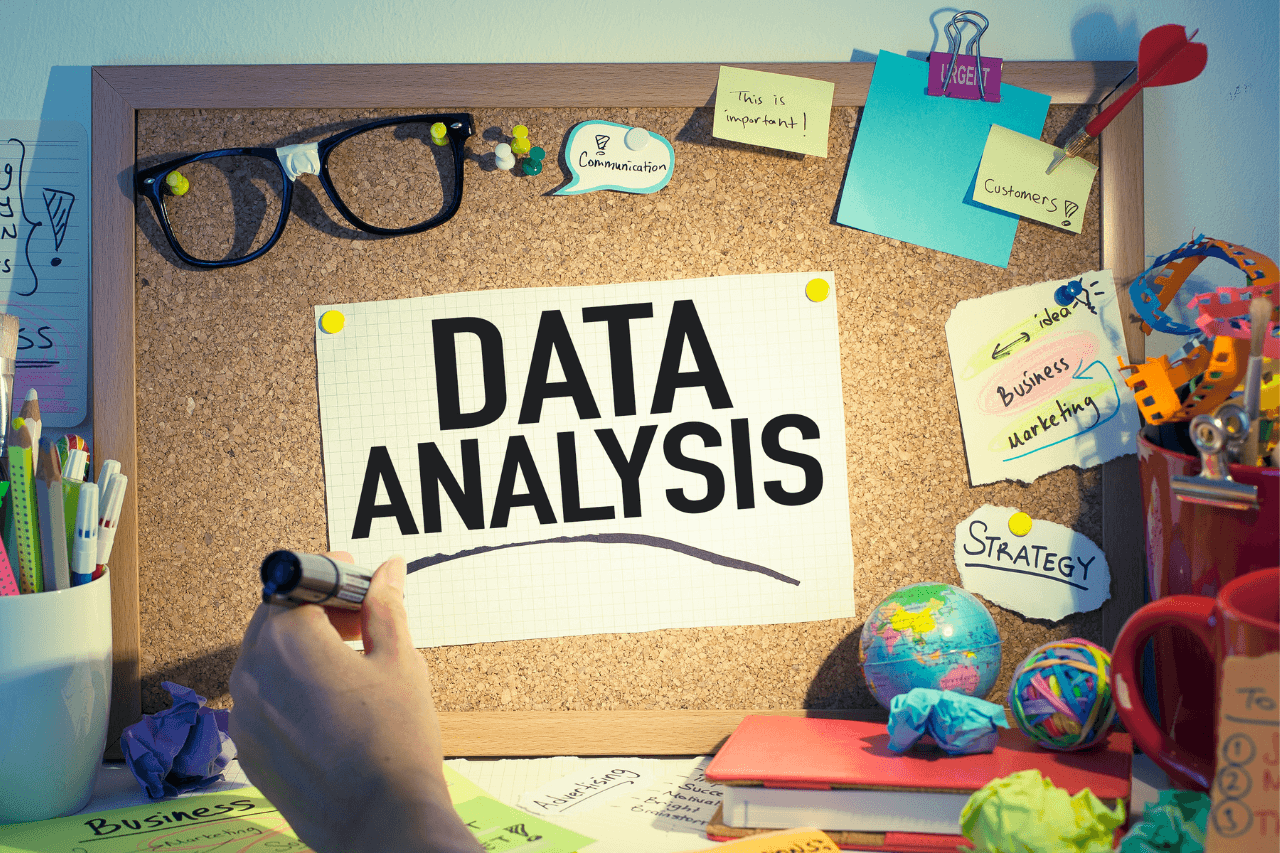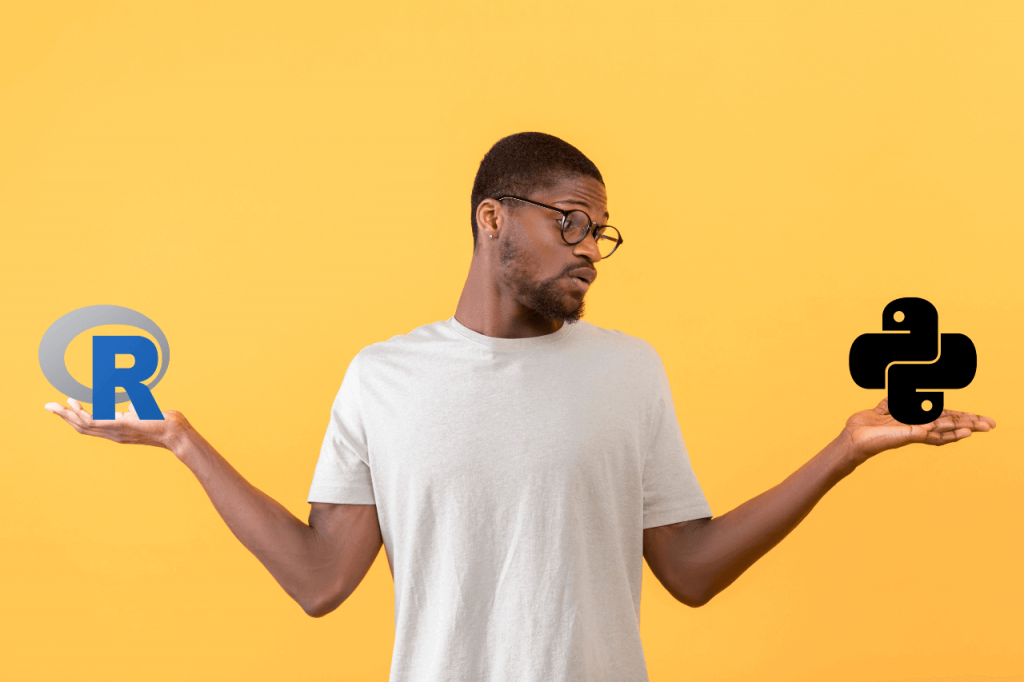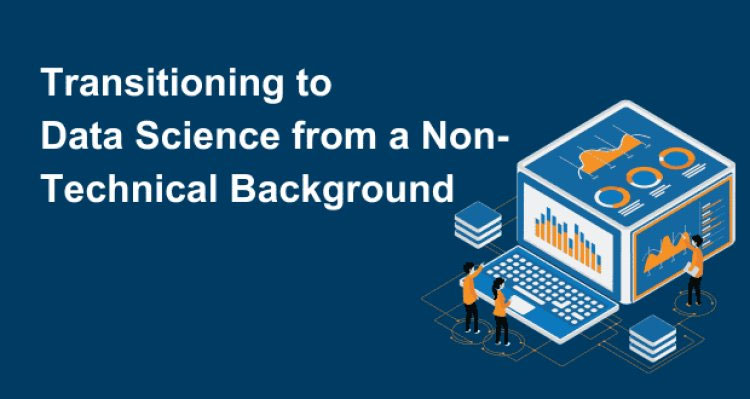Choosing The Best Programming Language For Data Analysis
In the dynamic field of data analytics, choosing the right programming language is crucial. Python, R, and SQL are three popular languages used extensively in data analysis. Each language has its strengths and weaknesses, making the decision a matter of understanding the specific requirements of your data analytics projects.
In this article, we will compare Python, R, and SQL to help you determine the best programming language for data analytics.
Python: The Swiss Army Knife of Data Analytics
Python has gained immense popularity in the data analytics community due to its versatility and ease of use. It offers a rich ecosystem of libraries and frameworks that make data manipulation, visualization, and modeling a breeze.
- Libraries and Ecosystem: Python provides robust libraries such as NumPy, Pandas, and Matplotlib, which empower data analysts to handle large datasets, perform complex computations, and create insightful visualizations. Additionally, Python’s machine learning libraries, like Scikit-learn and TensorFlow, enable advanced predictive modeling and data-driven insights.
- Flexibility and Scalability: Python’s general-purpose nature extends beyond data analytics, making it a powerful tool for end-to-end development. It seamlessly integrates with web frameworks like Django and Flask, allowing data analysts to deploy interactive dashboards and web applications. Python’s scalability and compatibility with big data frameworks like Apache Spark further enhance its data analytics capabilities.
- Learning Resources: Learning Python for data analytics is easily accessible, thanks to a vast array of online tutorials, courses, and communities. Whether you prefer self-paced learning or guided instruction, there are ample resources available, many of which are free or low-cost.
You’re reading the article, Best Programming Language For Data Analysis.
R: A Statistical Powerhouse
R is a specialized language designed specifically for statistical analysis and data visualization. It has long been the preferred choice for statisticians and researchers due to its extensive collection of statistical packages and robust visualization capabilities.
- Statistical Analysis: R’s comprehensive set of statistical packages, including dplyr, ggplot2, and caret, make it an excellent choice for in-depth statistical analysis. Its vast library ecosystem focuses on data manipulation, regression models, hypothesis testing, and more, making it an indispensable tool for statistical research.
- Data Visualization: R’s graphical capabilities are unrivaled, allowing analysts to create visually appealing and informative plots. The ggplot2 library, known for its grammar of graphics, provides a flexible and intuitive framework for producing high-quality visualizations.
- Academic and Research Community: R has a strong presence in the academic and research community, with a wealth of published papers, case studies, and online forums dedicated to R-based data analysis. This vibrant community fosters collaboration and provides support for complex statistical analyses.
You’re reading the article, Best Programming Language For Data Analysis.
SQL: Unleashing the Power of Databases
Structured Query Language (SQL) is a domain-specific language used for managing and analyzing structured data stored in relational databases. While Python and R are versatile programming languages, SQL’s focus on data querying and manipulation within databases makes it invaluable for certain data analytics tasks.
- Data Retrieval and Manipulation: SQL excels at retrieving, filtering, and transforming data stored in relational databases. Its intuitive syntax allows analysts to write concise and efficient queries, making it an ideal choice when working with large datasets.
- Database Integration: SQL seamlessly integrates with popular database management systems (DBMS) such as MySQL, PostgreSQL, and Oracle. This integration ensures compatibility and simplifies the process of accessing and analyzing data stored in databases.
- Query Optimization: SQL’s query optimization capabilities enable efficient data retrieval and analysis. DBMSs use query optimization techniques to automatically optimize query execution plans, improving performance and scalability.
You’re reading the article, Best Programming Language For Data Analysis.
Comparison Table
| Language | Strengths | Weaknesses |
|---|---|---|
| Python | Versatility, rich libraries, scalability | Steeper learning curve for statistics |
| R | Statistical analysis, data visualization | Limited beyond statistical analysis |
| SQL | Efficient data retrieval, database integration | Limited to database-centric tasks |
You’re reading the article, Best Programming Language For Data Analysis.
Conclusion
Choosing the best programming language for data analysis depends on your specific needs and goals. Python’s versatility and vast ecosystem make it a powerful all-purpose language suitable for various data analytics tasks. R’s specialized statistical capabilities and visualization prowess make it the go-to language for statistical researchers. SQL’s strength lies in efficient data retrieval and manipulation within databases.
Hope you liked reading the article, Best Programming Language For Data Analysis: Python, R, or SQL. Please share your thoughts in the comments box below about which language do you choose as the best programming language for data analysis?








